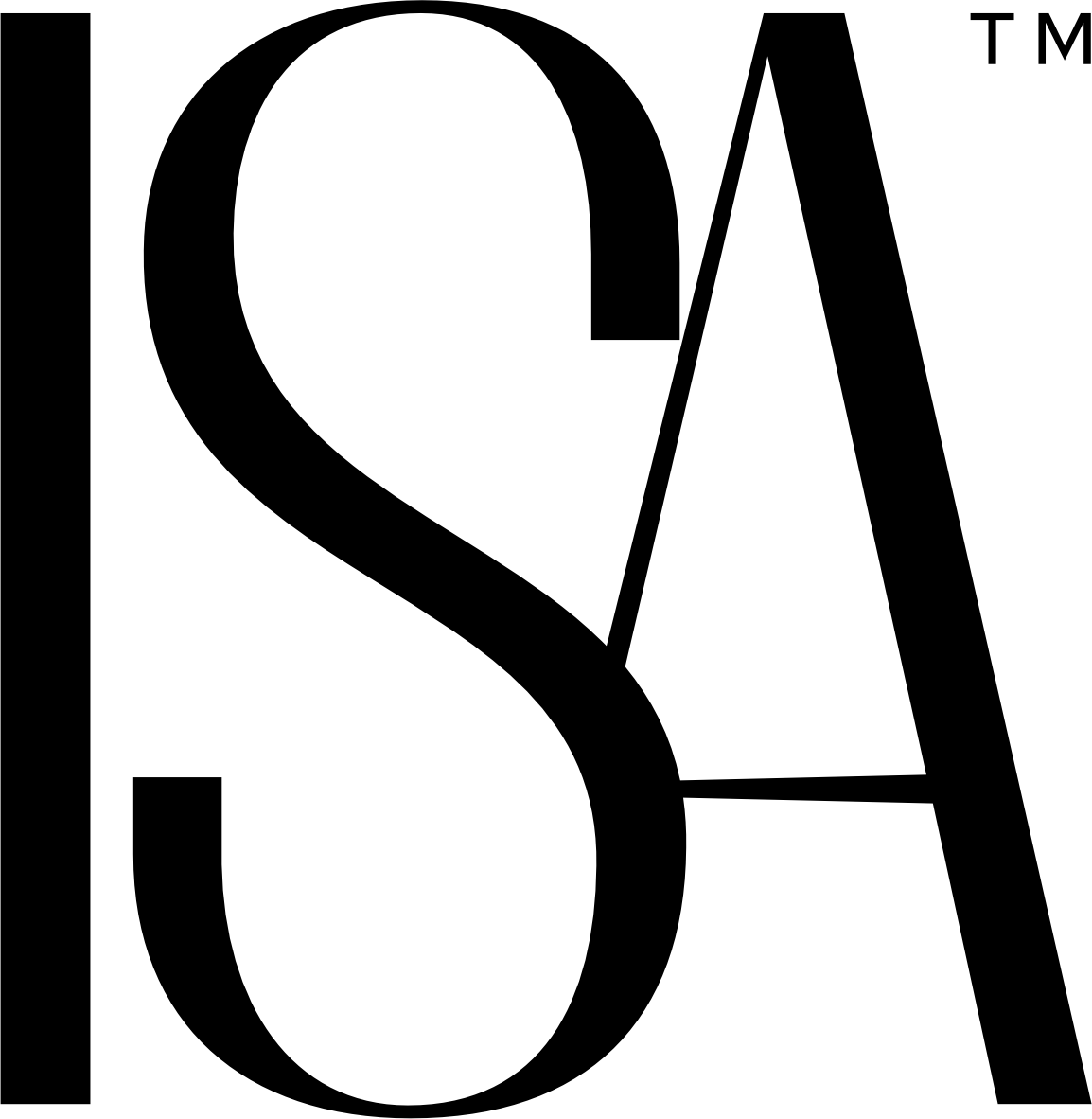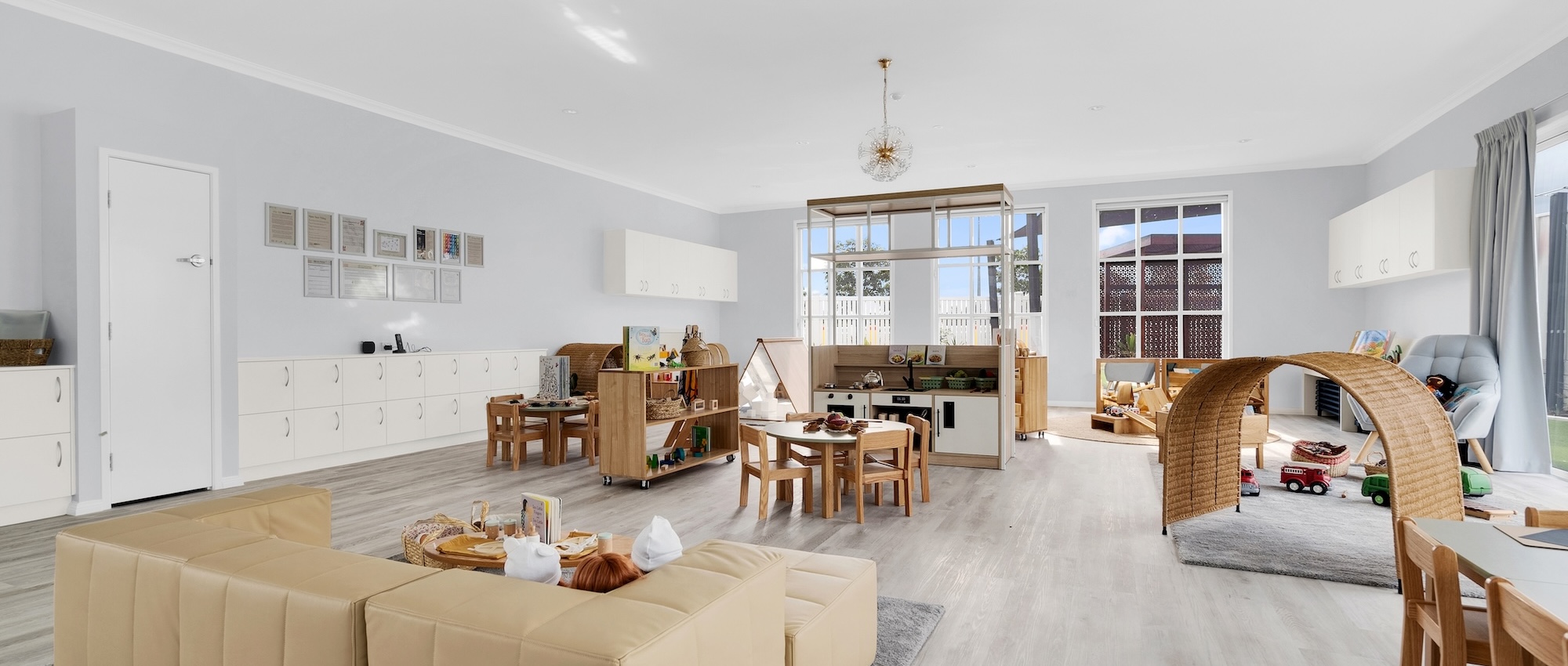

 Note: This blog was written prior to ISA™ becoming a registered architectural firm on June 18, 2025. ISA now provides fully registered architectural services across all projects.
Note: This blog was written prior to ISA™ becoming a registered architectural firm on June 18, 2025. ISA now provides fully registered architectural services across all projects.In early learning centres, safety isn’t just about supervision—it’s built into the environment itself. A well-designed space supports child development, educator workflows, and most importantly, reduces the risk of injury or unsafe behaviour. From entry points to playgrounds, smart design decisions can have a lifelong impact on a child’s safety and wellbeing.
Designing for child safety means anticipating how children interact with space. A professional drafting company works with centre owners to develop layouts that are safe, compliant, and developmentally appropriate.
This includes everything from circulation paths that avoid blind corners, to fencing that doesn’t create climbable structures, to materials that minimise sharp edges or hard impact zones.
Uncontrolled access is one of the biggest safety risks in early learning environments. Design strategies to secure access include:
Entry vestibules with dual-door systems to prevent children slipping through unnoticed
Sightlines from reception to all exit points
Secure fencing and gates with child-proof mechanisms
These elements are not only vital for safety—they also build trust with parents, who expect robust systems to protect their children.
A well-designed centre allows educators to monitor children easily without needing to hover. Open-plan layouts, internal glazing, and low partitions support visibility, reducing the chance of unnoticed accidents or conflicts.
Careful zoning also helps ensure that quieter activities aren’t disrupted by louder or more active areas, supporting emotional safety and wellbeing.
Outdoor play is essential for development, but it must be safely integrated into the learning environment. Key design considerations include:
Soft-fall surfaces under climbing equipment
Clearly separated zones for different age groups
Adequate shading and passive supervision through positioning
Outdoor zones should be directly accessible from learning rooms, with clear boundaries that give children freedom within a safe framework.
Small design details make a big difference in preventing injury. This includes:
Rounded joinery and corner guards on furniture
Slip-resistant flooring and well-drained surfaces
Covered storage to keep tripping hazards out of walkways
By embedding these elements early in the design process, you avoid costly retrofits and ensure compliance with child safety regulations.
Physical safety is only part of the equation. Children also need a secure emotional environment to thrive. Architectural design can support this through:
Cosy nooks and quiet areas for self-regulation
Predictable, legible layouts that reduce anxiety
Soft acoustics to avoid overwhelming sound levels
The goal is to create a space where children feel both safe and confident to explore, learn, and grow.
A safe early learning environment doesn’t happen by accident—it’s the result of thoughtful planning, deep understanding of child behaviour, and smart design. Whether you’re creating a new centre or updating an existing one, working with a professional architect ensures your space supports both safety and learning outcomes.
At ISA™, we understand the unique challenges of designing for children. Our team combines regulatory knowledge with innovative thinking to deliver environments where kids thrive—and parents feel confident. If you’re planning a centre in Brisbane or beyond, let’s design for safety from the ground up.